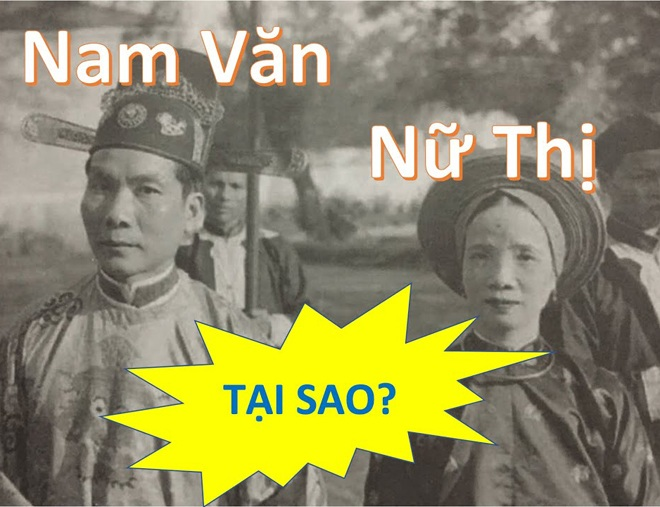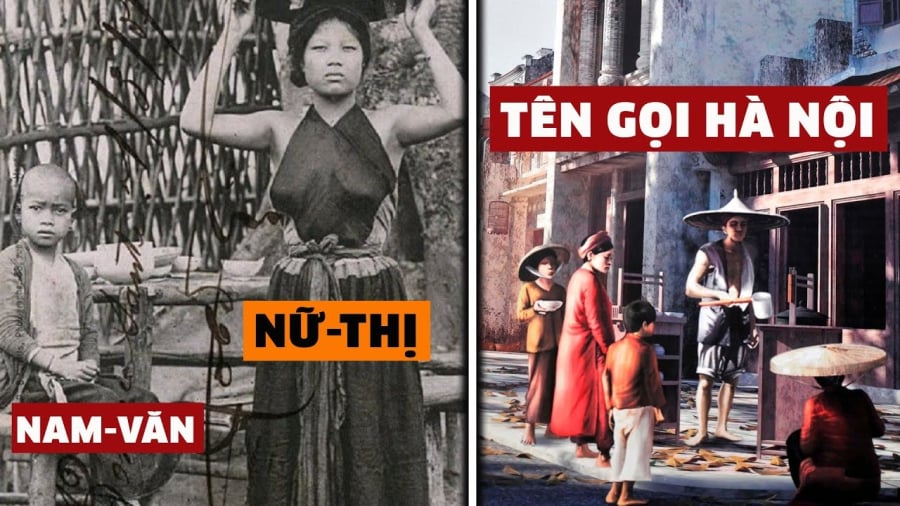
The Significance of Middle Names in Vietnamese Culture: Why “Văn” for Boys and “Thị” for Girls?
The prevalence of “Văn” as a middle name for boys
In the past, within the beliefs of ancient Vietnamese, giving birth to a boy was considered a happiness and held greater value compared to having a girl. The saying “nhất nam viết hữu, thập nữ viết vô” reflects the perspective that one boy is more precious than ten girls. During the feudal era, only boys were allowed to attend school and take part in examinations. As a result, families aspired for their sons to attain extensive knowledge and education. To achieve this, it became customary to choose the word “Văn,” which translates to “literature” or “culture,” as a middle name for boys. This choice reflected the hope that it would bring success in their academic pursuits and future careers.
Over time, using “Văn” as a middle name became a widespread tradition, reflecting the aspirations of parents for their children’s future. Consequently, the naming formula of (Surname) + Văn + (Given Name) became an integral part of Vietnamese naming conventions and has persisted to the present day.
The significance of “Thị” as a middle name for girls
For women, the middle name “Thị” serves to distinguish them from men. The character “Thị” originates from the North and has been prevalent in Vietnam for centuries during the period of foreign domination. It is a Sino-Vietnamese word used to refer to females. According to the “Từ nguyên từ điển” (Etymological Dictionary), “Thị” is used in the phrase “Phu nhân xưng thị” to address a married woman.
“Thị” is typically placed after the surname in a woman’s name, as seen in examples like Dương Thị, Lưu Thị, and Trần Thị. In these cases, “Thị” implies “wife of a man with the surname Dương,” “wife of a man with the surname Lưu,” and “wife of a man with the surname Trần,” respectively, playing a crucial role in indicating gender in names.

Historically, the character “Thị” was used to refer to young women who had reached adulthood and were often married.
In Vietnamese naming culture, it is a common misconception that “Thị” is merely a feminine word and hence used as a middle name for girls. However, since the 15th century, “Thị” has been prevalent in women’s names following the formula (Surname) + Thị + (Given Name).
Today, with the influence of diverse cultures and the advent of the Internet, naming conventions in Vietnam have evolved. The middle names “Văn” and “Thị” are less common among the younger generations. Nonetheless, these middle names remain a part of Vietnam’s folk culture, reflecting the traditions and customs passed down through generations.



































